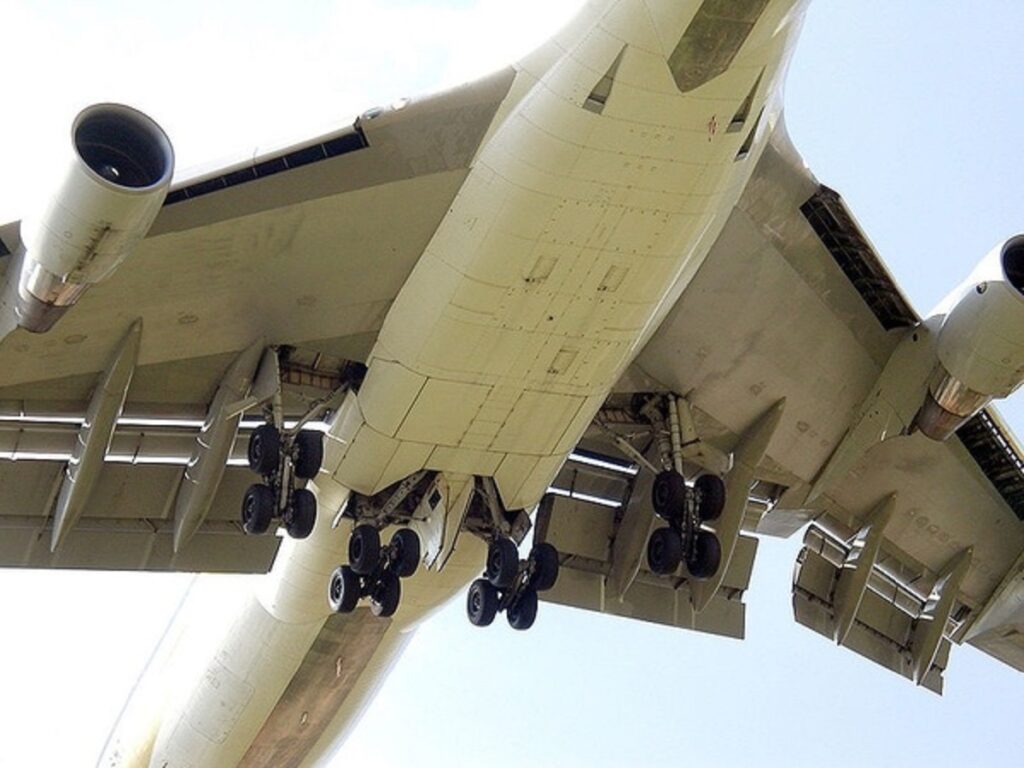
In one way, cruising speed isn’t the issue. It’s the structural integrity of the flaps or the flap attachment/operational mechanism that matters.
Most flaps settings have a maximum airspeed at which they can be operated or fly while extended. For example on my airplane the maximum airspeed for “Take-off flaps”operation or use is 127 knots indicated airspeed (KIAS). For 40 degrees, or “landing flaps,” the maximum airspeed is 117 KIAS. This, while the aircraft’s normal cruise speed is about 200 KIAS. Of course, with the flaps extended the additional drag would limit the aircraft’s cruise speed to substantially less than that.
There’s an additional limitation that flaps should NOT be operated above 14,000 feet. In my aircraft’s case, extending flaps can cause a significant pitch change and that can become an issue at higher altitudes.
Aerodynamically though, you have to ask yourself why a pilot would want to use any flaps during any segment of the flight other than providing additional lift for taking-off/departing and additional drag for approach/landing. Typically, for most aircraft, there isn’t such a reason.
Author – Joe Shelton






